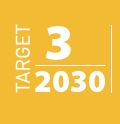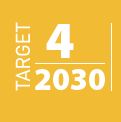





Intersection - Signalise
Most crashes happen at intersections. Traffic signals are a way to stop conflicting flows of traffic entering the intersection at the same time and can reduce crash risk.
At signalised intersections, priority is assigned to conflicting traffic streams by time separation. They are adaptable to very high traffic volume and are relatively compact. The design of signal schemes needs to satisfy demands for capacity and safety. An adequate time gap is needed between green signals of conflicting movements.
Signals can be set to change according to fixed times, or they can be activated according to traffic demands. It is also possible to link a network of signalised intersections together to provide control of the road network as a whole.
Some signals are controlled manually but often this results in cycle times being too long for maximum intersection capacity. This can cause long delays and driver frustration, which can lead to unsafe driving.
High speed signalised intersections are those where traffic speeds on any one arm is 60km/h or above. These intersections require extra caution in design as they are associated with a dilemma zone making it difficult for drivers to stop or continue when they see an amber light. Additionally, the consequence of right angle collisions or collisions with non-motorised users is often high due to higher traffic speeds.
Traffic signals should be positioned such that they are highly visible to users. The placement of traffic signals should be checked to minimise any risk of users reading the wrong signal or misunderstanding signal displays.
- Can increase intersection capacity.
- Can reduce certain types of crashes (especially right-angle crashes).
- Can improve pedestrian and cyclist safety.
- Signals used at intersections with low traffic flows and fixed timings are likely to be disobeyed.
- Well designed traffic signals will usually reduce total crashes but will sometimes increase specific crash types (e.g. rear-end crashes).
- Traffic signals should not be used in high speed locations, or else speeds will need to be reduced in advance.
- Isolated provision of traffic signals needs to be treated with caution as they may not be expected by drivers.
- Before installing traffic signals, information on traffic volumes, pedestrian volumes, intersection approach speeds and previous crashes at the site should be carefully considered.
- Visibility is required for drivers approaching traffic signals and between drivers waiting at stop lines.
- Traffic signal design should be checked for clarity and potential misunderstanding by drivers.
- The design of traffic signals should incorporate appropriate time of separation between green lights for conflicting traffic (Intergreen).
- The introduction of traffic signals in a region could increase crashes unless all drivers know the meaning of the signals.
- Traffic signals need continuous power.
- Both traffic signals and vehicle detection equipment are prone to malfunction so good maintenance is required.
The Star Rating Demonstrator is a freely available tool with the iRAP online software, ViDA. With the Star Rating Demonstrator, it is possible to explore the impact that this Safer Roads Treatment has on risk.
Treatment Summary
Costs | Medium |
Treatment life | 10 years - 20 years |
Potential casualty reduction | 25-40% |
Case Studies
Related Images
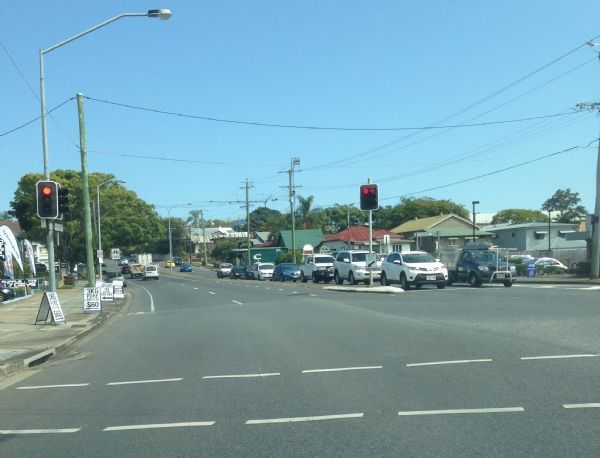 A signalised 3-leg intersection. Queensland, Australia. Image credit: Unknown
A signalised 3-leg intersection. Queensland, Australia. Image credit: Unknown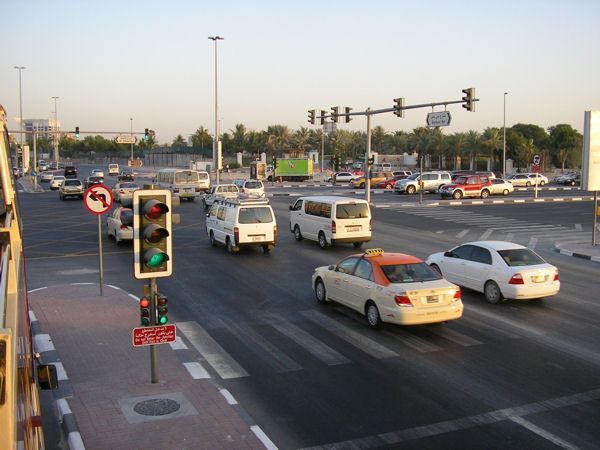 A 4-leg signalized intersection. Image credit: David Best
A 4-leg signalized intersection. Image credit: David Best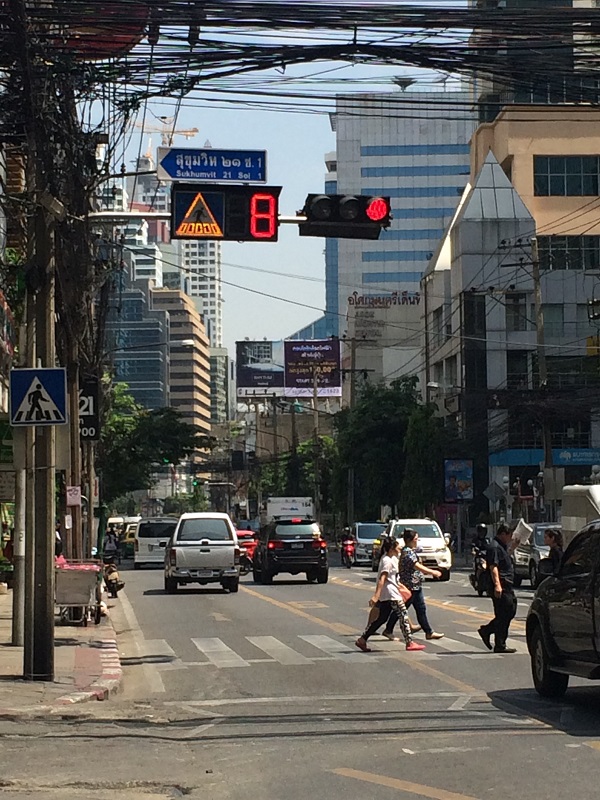 Signalised intersection in Bangkok, Thailand. Image credit: Alina Burlacu
Signalised intersection in Bangkok, Thailand. Image credit: Alina Burlacu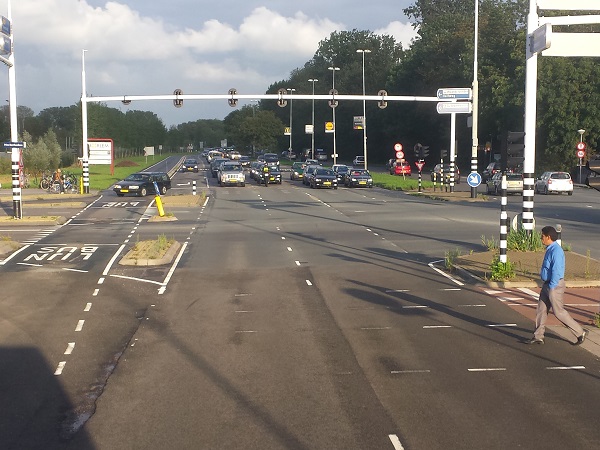 Signalised intersection a dual carriageway road in the Netherlands. Image credit: Alina Burlacu
Signalised intersection a dual carriageway road in the Netherlands. Image credit: Alina Burlacu









